
CALLANISH STANDING STONES by KervanoK on DeviantArt
The Calanais Standing Stones are an extraordinary cross-shaped setting of stones erected 5,000 years ago. They predate England's famous Stonehenge monument, and were an important place for ritual activity for at least 2,000 years.

Calanais standing stones. Lewis Outer Hebrides, Scotland. Standing
Visit the Calanais Standing Stones in Isle of Lewis. Learn about the history, explore the heritage & discover how we can help you plan your visit.

The standing stones of Calanais the highlight of our Spiritual Honeysun
Calanais Standing Stones are free to visit and open year-round. Please stay strictly to the paths on your visit. The Calanais visitor centre is currently closed for redevelopment and will reopen in 2025. This means there are currently no toilets or other facilities on site, For further details please visit www.calanais.org.

The Callanish Stones on the Isle of Lewis are estimated to be 3,000
Calanais Standing Stones 12m west of Stornoway off the A859, Isle of Lewis. Parking available. Grid reference NB 213 330 View the Calanais Standing Stones on a Google map Journey planners Search for National Cycle Network routes on the Sustrans website. Plan your journey by public transport using Traveline Scotland.
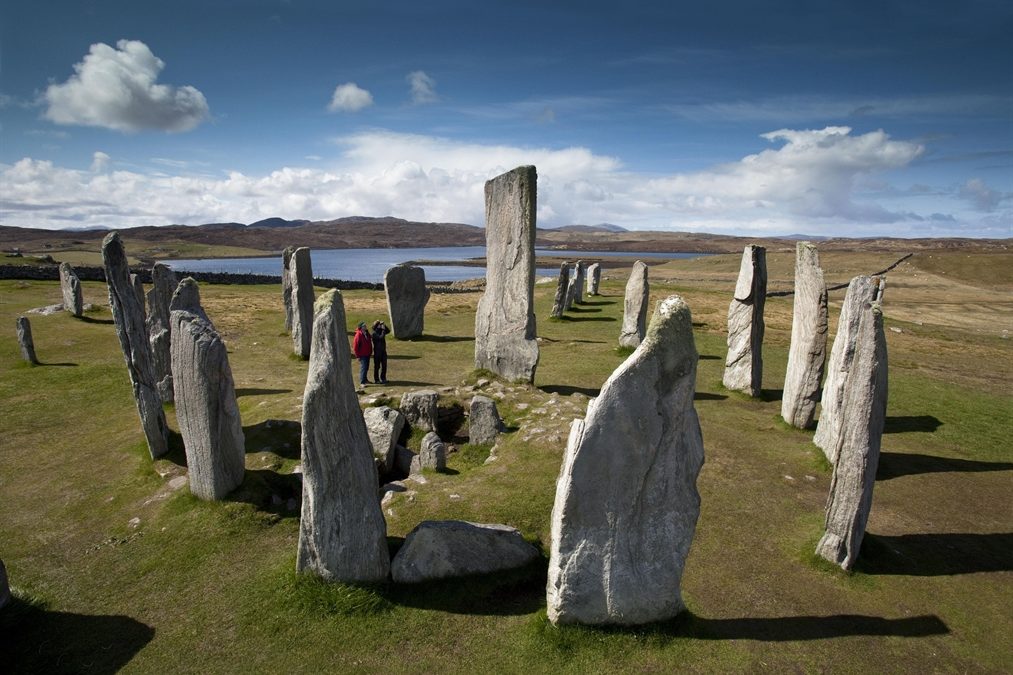
The Calanais Standing Stones Scottish Highland Trails
An additional eight stone circles are found in a ten-kilometre radius of Calanais 1 as well as numerous single standing stones. Calanais 1 was built on a headland jutting into Loch Roag, a sea loch on the North West coast of Lewis. Whatever the purpose of the circle, it was designed to have a considerable visual impact..
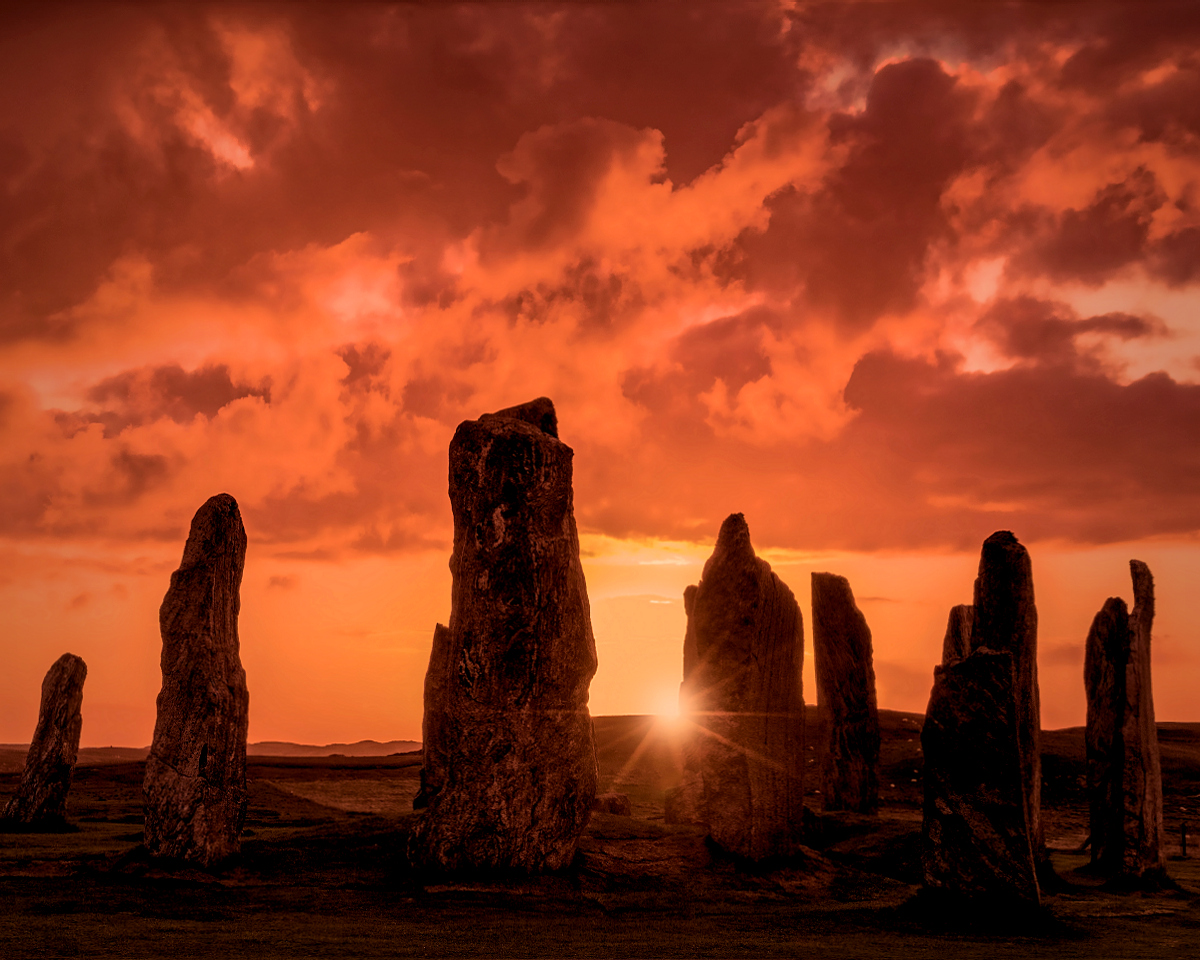
Calanais stones connected with land features and the sun and moon
Book a ticket Visit the Calanais Standing Stones in Isle of Lewis. Learn about this ancient monument and its history with a guided tour from our website!

The Calanais Standing Stones
The Calanais Standing Stones are an extraordinary cross-shaped setting of stones erected 5,000 years ago. They predate England's famous Stonehenge monument, and were an important place for ritual activity for at least 2,000 years.
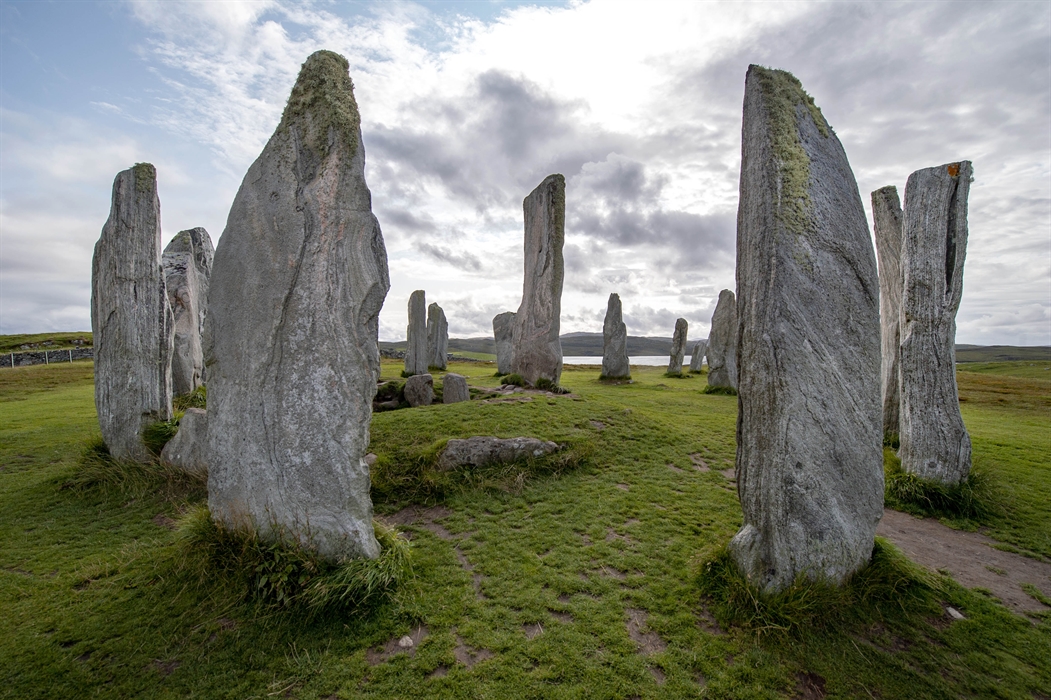
Calanais Standing Stones, Isle of Lewis Historic Sites VisitScotland
Calanais Standing Stones. Lost in the mists of time and lost beneath the peat. The most famous prehistoric stone monument in Scotland spent much of its life under the living blanket of peat which covers much of the islands. By 1857 just the tips of a few stones peeped out of the bog when the island's landowner Sir James Matheson decided to.
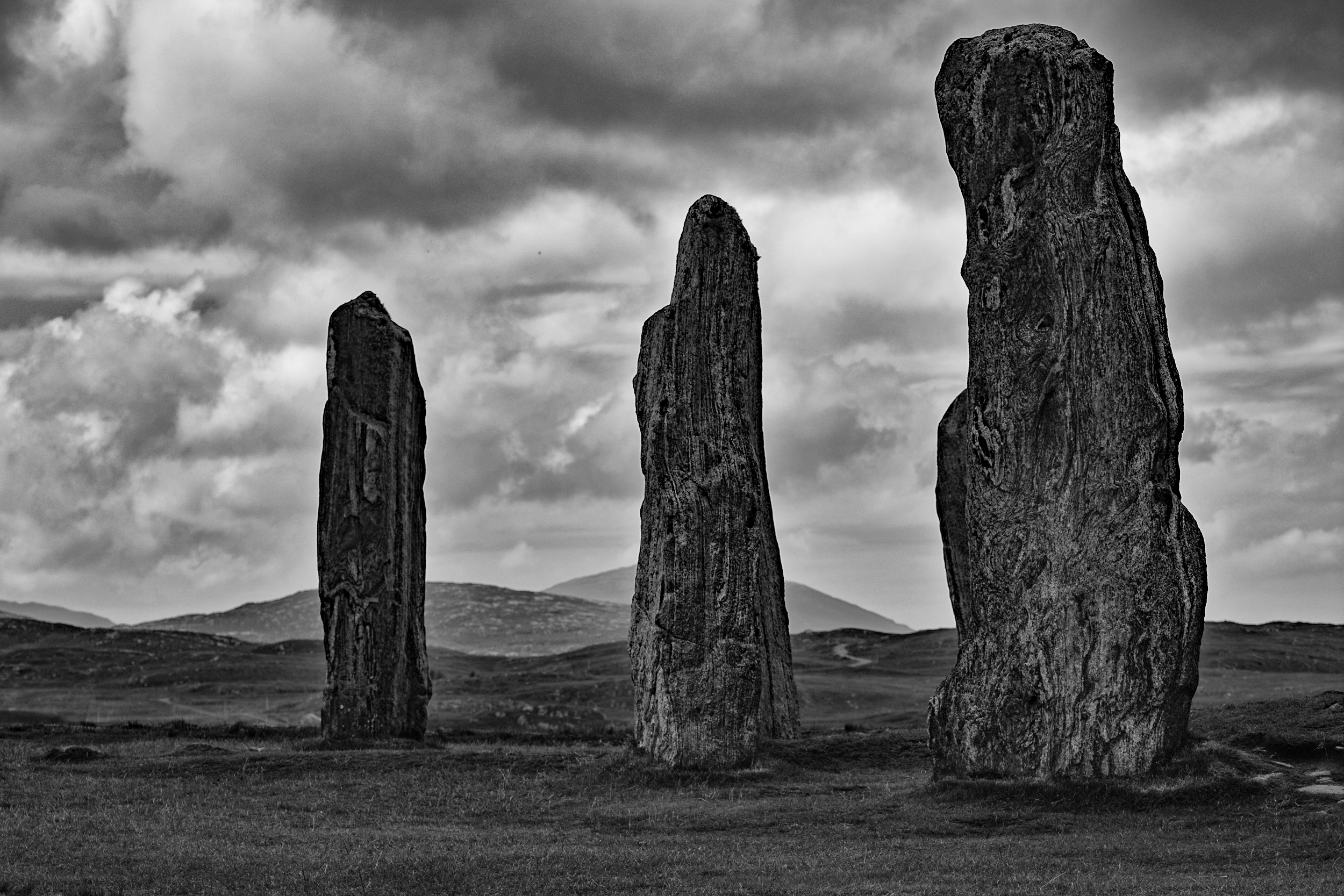
Calanais Standing Stones Zapiski Obieżyświatki
Book a ticket New light on a ceremonial landscape. Lecture by Alison Sheridan, research associate National Museums Scotland. Learn about the Standing Stones and other ancient stones in the area. Visit Calanais Standing Stones & Visitor Centre to find out more!
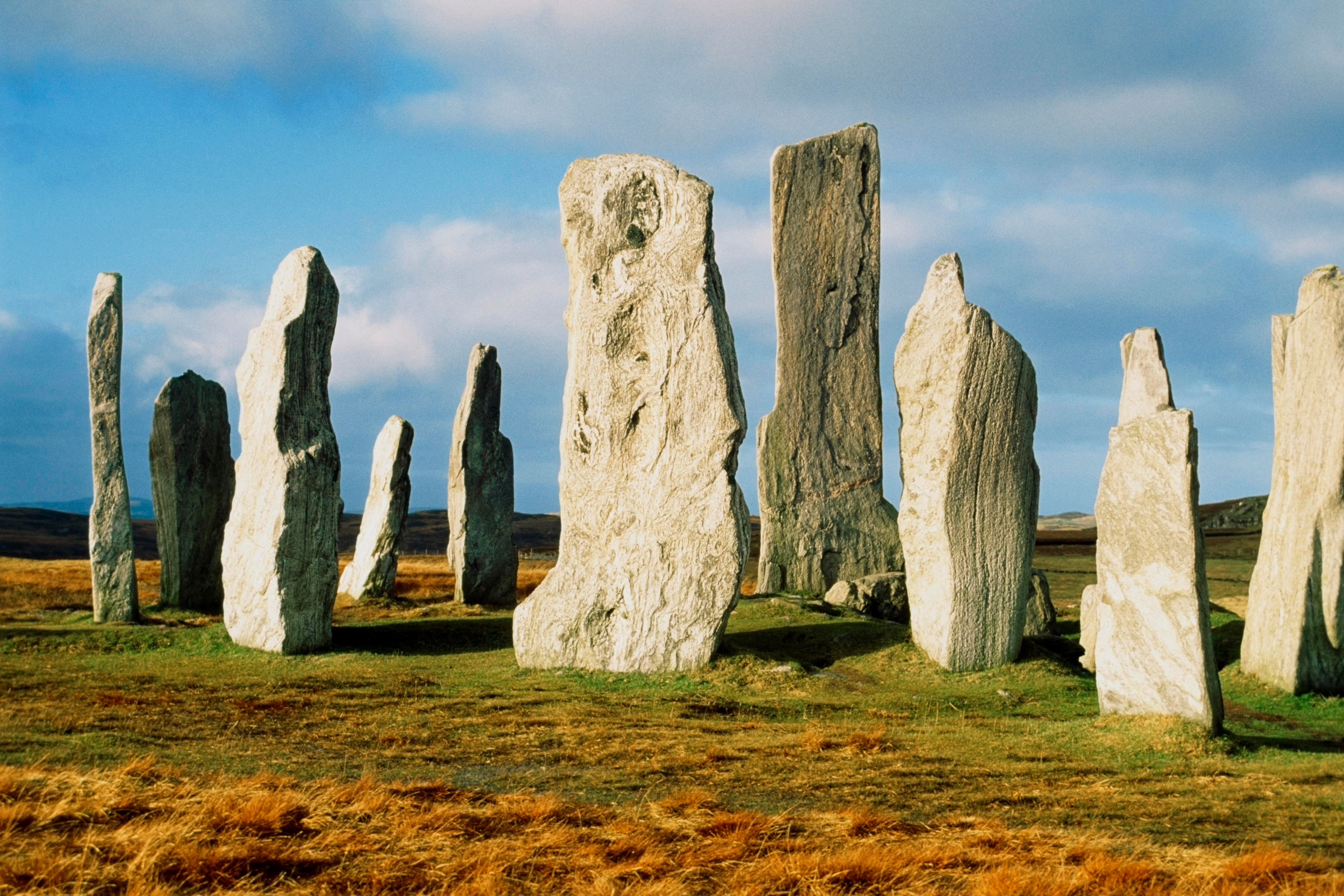
Callanish Standing Stones Callanish (Calanais), Scotland Callanish
Calanais Standing Stones: Prices and Opening Times | Hist Env Scotland Find Calanais Standing Stones admission prices, including for Historic Scotland members and Explorer Pass holders, plus Calanais Standing Stones opening times. Admission prices and opening times for Calanais Standing Stones in the Western Isles. Skip to content Menu Search
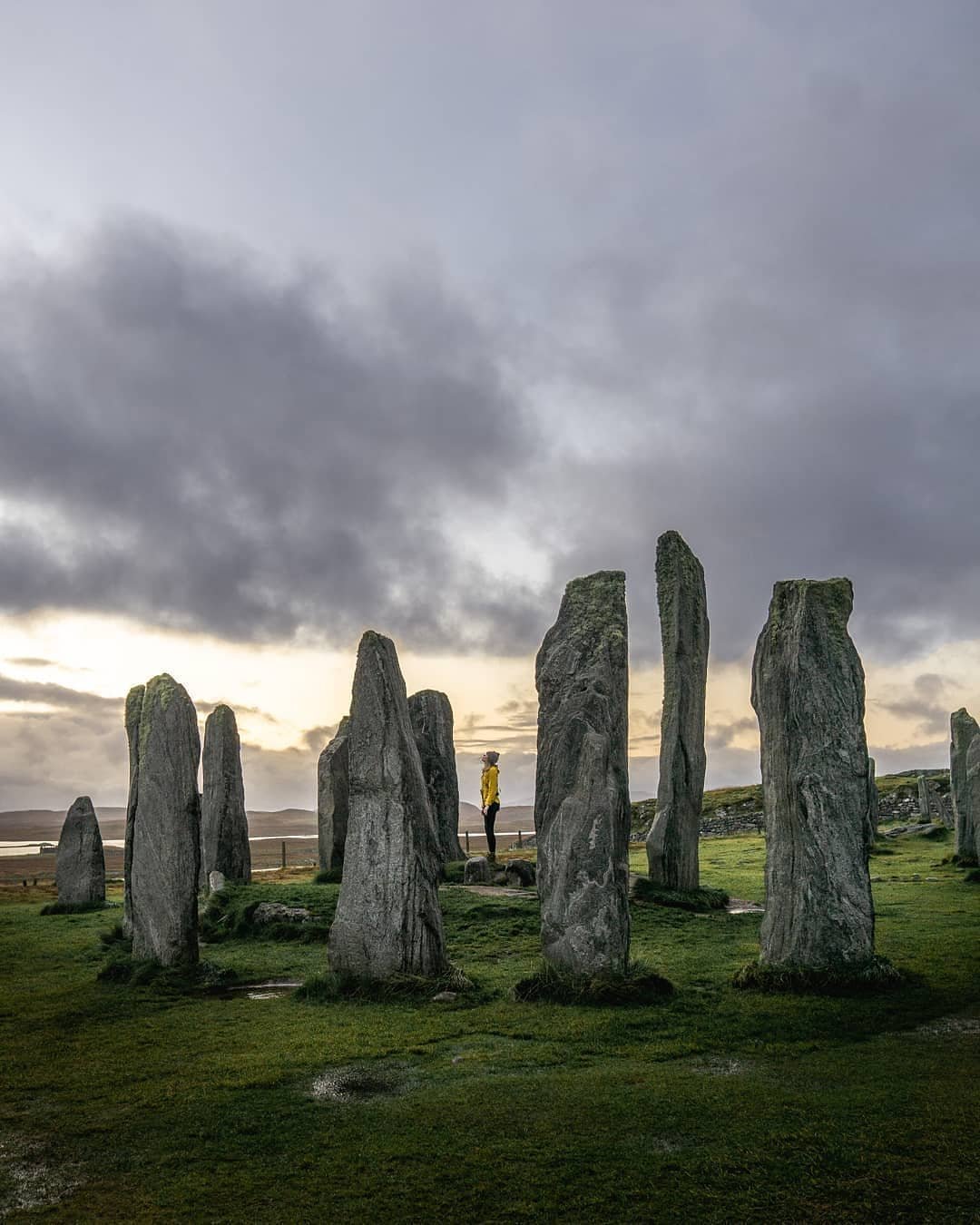
Vote The Calanais Standing Stonesfor Scotland's Most Beautiful Place
The Callanish Standing Stones are located on the Isle of Lewis in the Outer Hebrides and are regarded as the finest stone circle in Scotland. These huge granite stones (the largest is 16 feet tall) were erected 5,000 years ago in the late Neolithic era, possibly for ritual use.
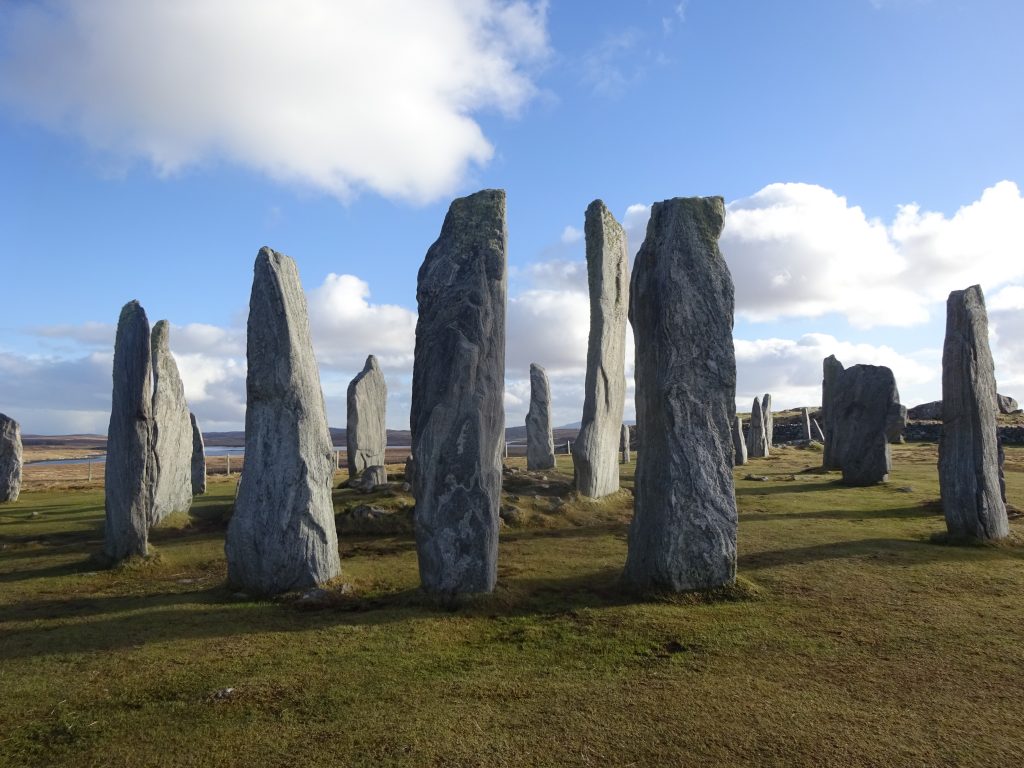
Calanais Standing Stones Natpacker
Neolithic people erected the Callanish Stones about 5,000 years ago. Though the stones served as a hub for ritual activities for at least a millennium, their exact purpose has been lost to history.
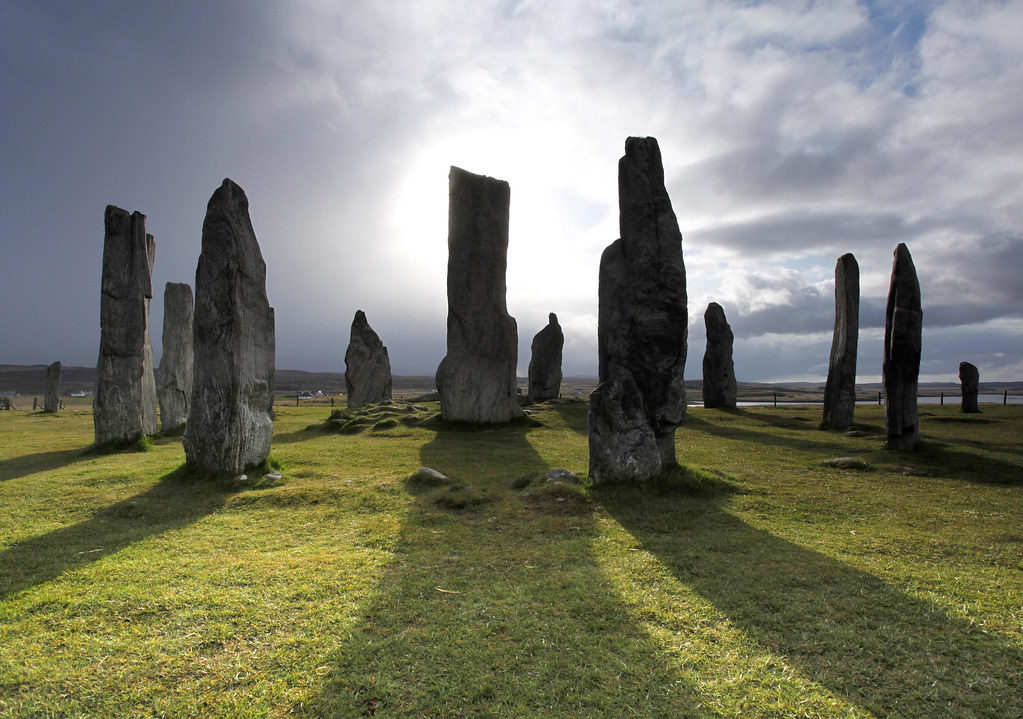
Calanais Standing Stones The Calanais Standing Stones dati… Flickr
The Calanais Standing Stones are a must-see for anyone visiting the Isle of Lewis, Scotland. Learn about the history & significance of these ancient stones!

CALANAIS (CALLANISH) STANDING STONES The stones stand on a low ridge
The Calanais Standing Stones were erected between 2900 and 2600 BC - before the main circle at Stonehenge in England. Ritual activity at the site may have continued for 2000 years. The area inside the circle was levelled and the site gradually became covered with peat between 1000 and 500 BC.
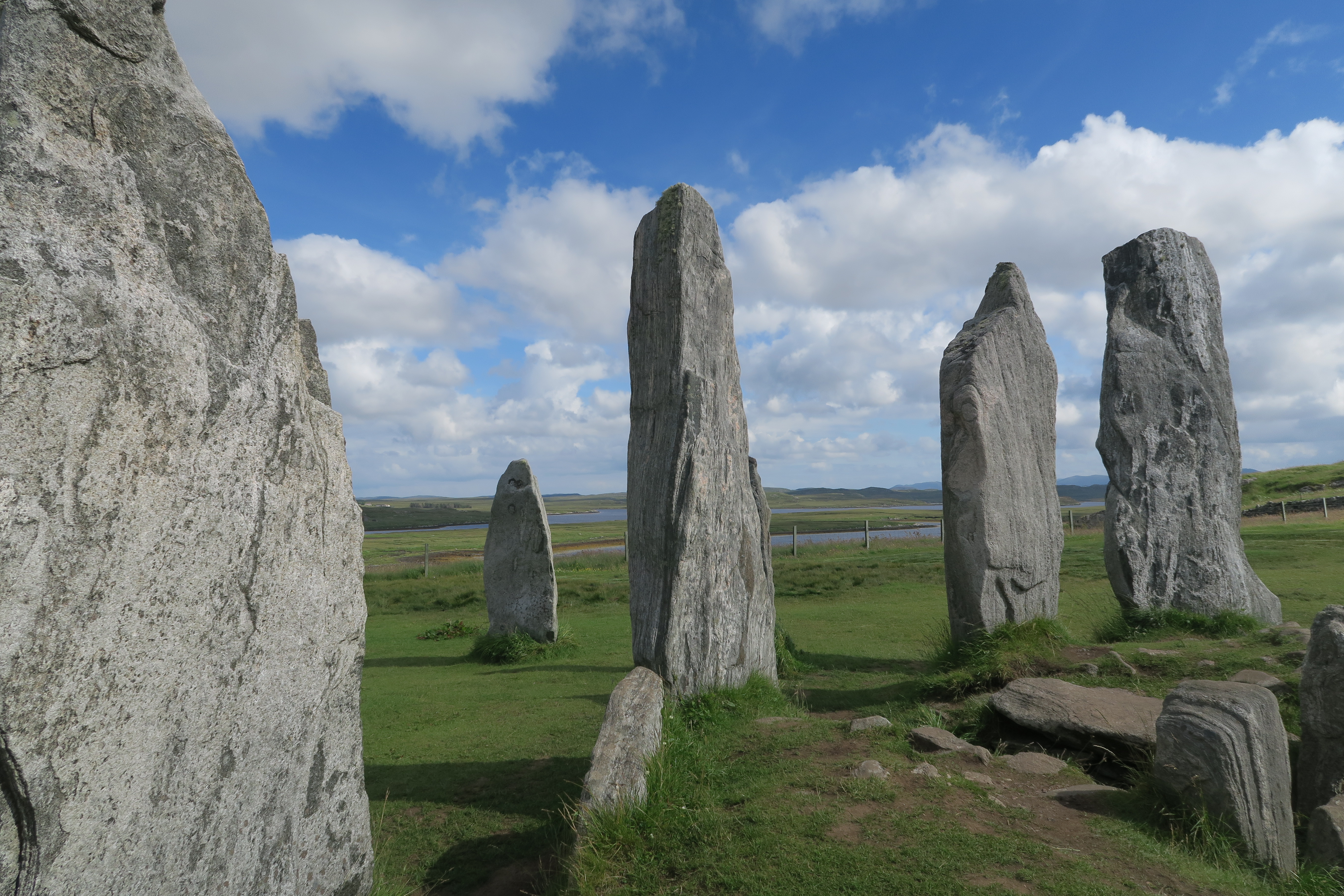
Callanish Stones Clachan Chalanais Transceltic Home of the Celtic
Callanish Stones Coordinates: 58°11′51″N 6°44′43″W The Callanish Stones (or "Callanish I": Scottish Gaelic: Clachan Chalanais or Tursachan Chalanais) are an arrangement of standing stones placed in a cruciform pattern with a central stone circle, located on the Isle of Lewis, Scotland.

"Callanish (Calanais) Standing Stones" by Colin Metcalf Redbubble
Description. The monument comprises the world-famous standing stones at Calanais (also known as Callanish) and associated features, sited on the summit of a low rise, on the W coast of Lewis in the Western Isles. The monument was scheduled in 1882, but an inadequate area was included to protect all of the archaeological remains: the present.